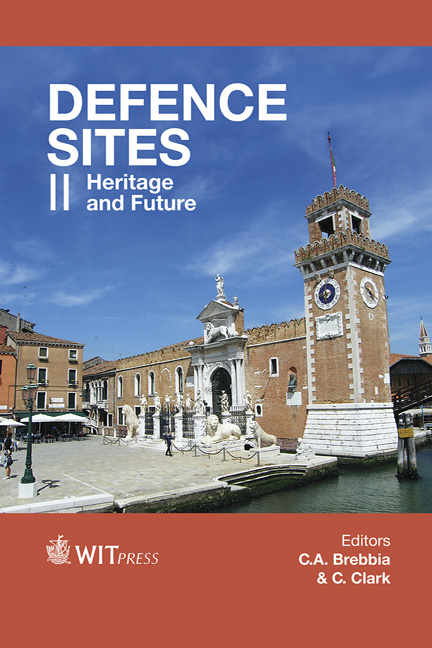Urbanisation Of Former City Fortifications In The Netherlands Between 1805 And 2013
Price
Free (open access)
Transaction
Volume
143
Pages
12
Page Range
245 - 256
Published
2014
Size
286 kb
Paper DOI
10.2495/DSHF140211
Copyright
WIT Press
Author(s)
G. A. Verschuure-Stuip, B. Labuhn
Abstract
Nowadays, the revitalisation of former fortification zones surrounding Dutch historic cores enjoys a broad societal interest. They define the historic city cores, the urban identity, enhance the quality of life, and play a role in the ecology, water management and recreation of the city. The revitalisation strategies vary from reconstruction and preservation of the entire fortification system, to revitalisation approaches as well as more narrative approaches. This article provides an general overview of the history of fortifications in the Netherlands, in which there are three major phases: 1) the construction of the fortifications from castles to defence lines and frontier cities; 2) the dismantling of the walls and urbanisation, which started in 1805 and ended in 1951; 3) the current spatial character of the fortifications and their transformation, which reflect different heritage approaches in the Netherlands: heritage as a sector, a factor and a vector. Finally, this article aims to define mechanisms of transformation and revitalisation to use the acquired insights for future city planners and landscape architects to define historic inner cities and strengthening urban identity.
Keywords
city fortifications, urban parks, defortification, urbanisation, fragmentation, conservation, reconstruction, revitalisation strategy, spatial transformation, Netherlands





